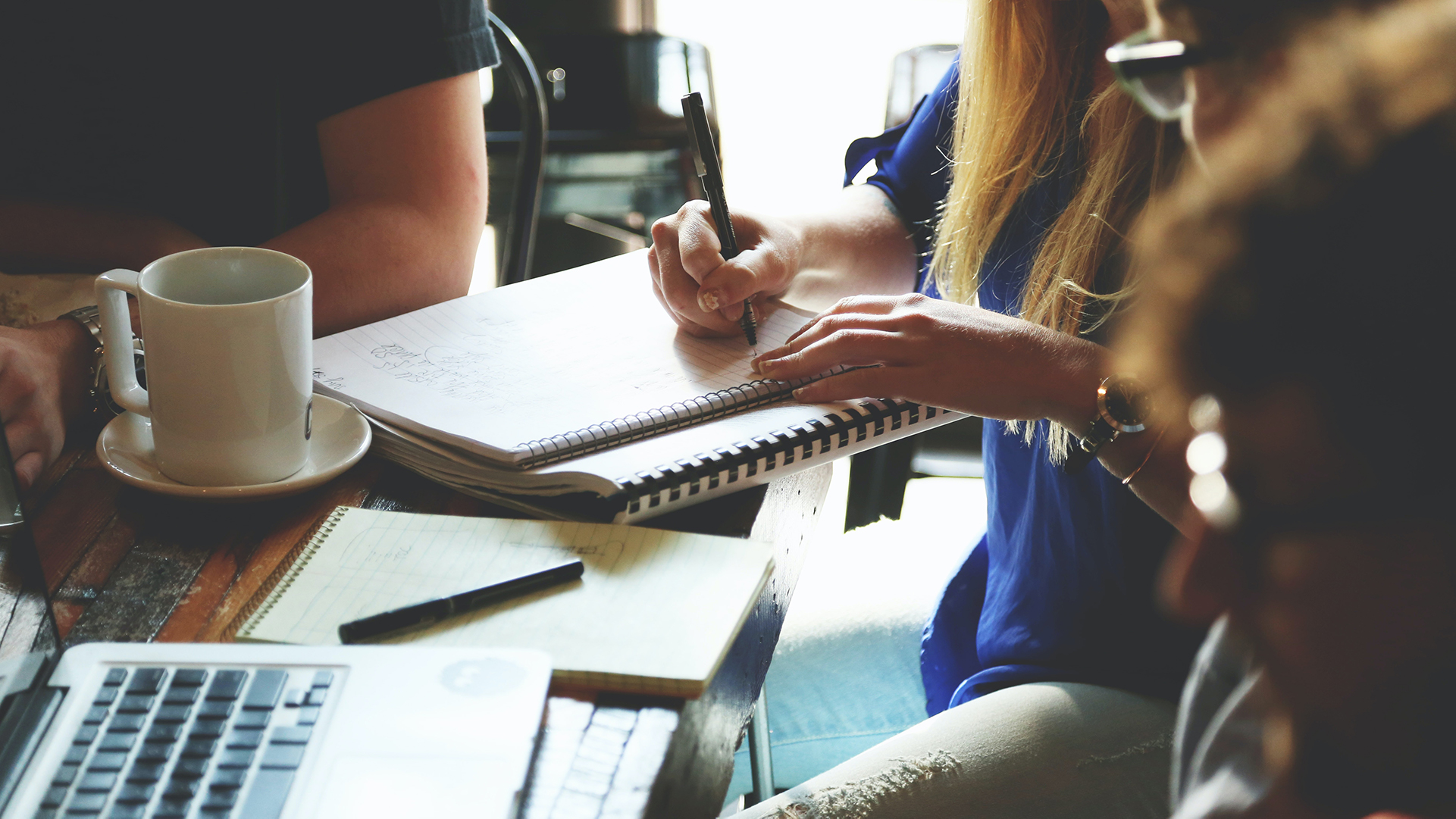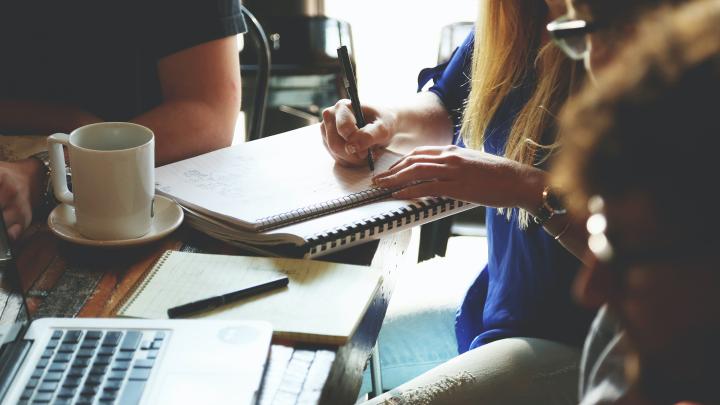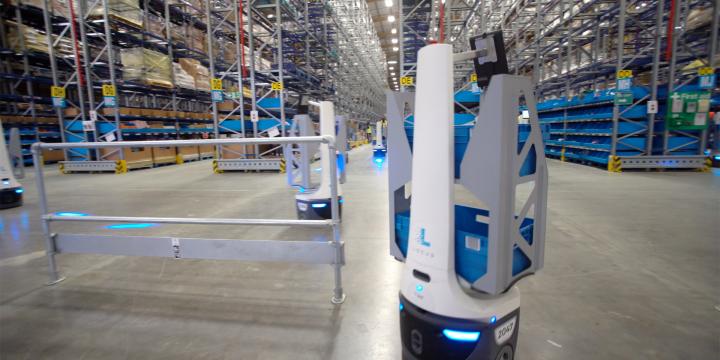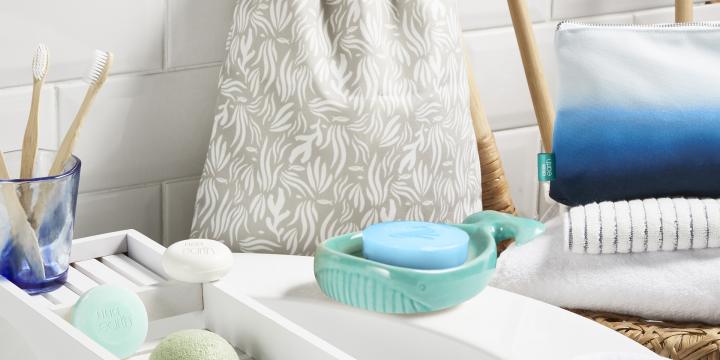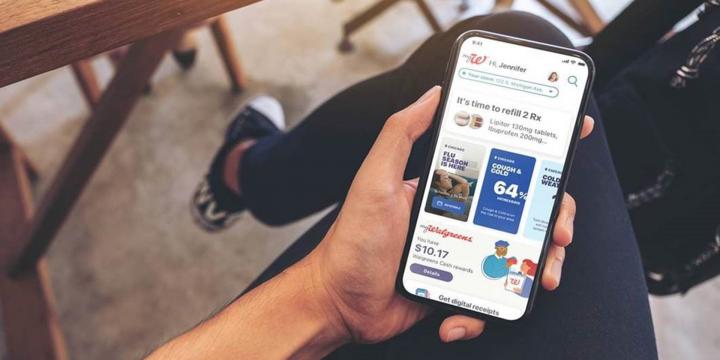On the day we sat down to interview Grace Vernon and Amy Catton, the two colleagues were laser- focused on the fact that Megan Markle had just opened up about a recent miscarriage in a New York Times editorial.
This wasn’t watercooler gossip (or, in our current world order, pre-virtual meeting chatter). For Vernon and Catton, this type of pop culture moment is what fuels the important work they do for WBA: as the company’s global trends experts, it’s their job to intuit the shifting winds of cultural zeitgeist, and then turn those predictions into actionable insights for the business.
We joined the two trend experts via video chat to learn about the unique role they play at the company, and to get the inside scoop on how today’s trends might impact our offerings in 2021 and beyond.
How exactly does one become a trends expert at a global health and beauty company like WBA?
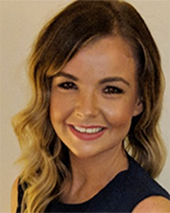
Grace Vernon, global cultural insight & trend lead, WBA: Amy and I both actually did the same course at university, which was fashion marketing. I graduated in 2010 and then spent five years starting a trends function at a retailer in the UK, before coming to Boots as a beauty trends manager.
I think I joined the business at the perfect point: the same week that Walgreens joined Boots Alliance to become what would ultimately be WBA. That meant that the day I arrived was kind of everyone’s first day.
I had thought, with the scale of the two companies (Boots and Walgreens), there would already be a huge trends function that supported the business. But at the time, it just didn't exist. It wasn’t until about six months later that I moved over to the insights teams, and then began covering consumer trends, healthcare trends, retail trends, and feeding it into different parts of the team.
Soon after, we started an annual event to engage with students at Nottingham Trent University, which is near our Nottingham offices. Every year, we do a live brief to the third-year students at the university, who then work on that brief as part of their third-year projects and present back to us at the end of the year. The winning team gets a six week internship placement with WBA. And that’s where I met Amy – her team won that year.
Amy Catton, assistant insights manager, beauty trends, WBA: Yeah, that's where my story starts! But I wasn't actually on the winning team, Grace.
Vernon: You weren’t?
Catton: No. I happened to pipe up and ask a question, and somehow landed an internship. That was four years ago.
What was the brief that you worked on, Amy?
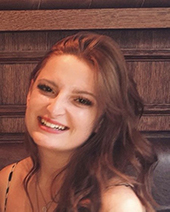
Catton: The brief was on the future of retail – what retail would look like seven years in the future. We ended up going down a healthcare route and identifying how DNA tests and other things would lead to people starting to own their own healthcare. We developed a whole future concept for pharmacy which we presented.
I started with WBA as an intern, for what was originally supposed to be six weeks. And then I ended up sticking around, taking a role as a beauty trends analyst focused on skin care and innovation. That meant partnering with the beauty teams, identifying new ingredients, brands and products that are coming up in the skincare category, and also looking at Google trends to see what our customers are searching for. What are the unmet needs that they're looking for but can't quite find?
Take us through a typical day at work.
Vernon: We’re a global team, and we cover quite a broad range of topics. We have a heat map we use to see where any particular trend is relevant right now, and to what degree. Where is it already relevant, and where is it just starting to emerge? Our key markets are the U.S., UK and China, so I cover cultural and healthcare trends in these markets, while Amy focuses on beauty.
We sit within the consumer planning and insight team, and we make sure we're feeding in all of the right data and insights to support, sometimes challenge and also future-proof the company’s decisions; every trend that we forecast needs to have that data point that sits with it. Sometimes it's easier than others. With things like product trends, it’s easier to say how many people search for that on Google this week versus last month versus six months ago … whereas when you're looking at things like cultural shifts, it’s not as clear cut.
Can you explain what you mean by “cultural shift”?
Vernon: I’ll give you an example. A cultural shift we are seeing now is called the power of empathy: how people's attitudes towards empathy are changing, taboos are being broken and people are trying to be much more open about things.
So today, for example, Meghan Markle announced (in a New York Times editorial) that she had a miscarriage six months ago. That’s something that in the past would just not be talked about, especially by a royal, but she's purposely opening up about it because she wants others not to feel ashamed, or feel like a failure, or that it’s something to hide. But that kind of trend is a lot harder to quantify.
Catton: One's easier to quantify, like you say, with numbers and actual hard data facts, the other one's much more anecdotal and it has to be kind of patterns that we spot from social listening or from the news, like this story … it’s the stuff that we kind of soak up. I always say we're like sponges, just constantly soaking up information, and then we filter and funnel information for the business to spot trends that we’ve identified as patterns.
Vernon: Yeah. That's a big part of it – we’re always on. Even scrolling through Instagram on our own time, we're always spotting things and seeing emerging trends.
But back to your original question: a lot of our time is spent reading trend reports, identifying and spotting those trends and then the hardest part – but the most important part – is embedding them. Because it's all well and good to share trends across the business and to put them in nice decks that, visualize them really well, but if no one uses them, then it's a waste of time. So a big part of our job is working with the teams to decide what these trends mean for the brand.
Something like the power of empathy is a great example. What that trend means for a brand like No7 might be talking about menopause and beauty, and figuring out how we can help open up that conversation. Whereas in our healthcare business, we can think about the power of empathy for erectile dysfunction, or period poverty. There are lots of different ways that you can use a trend and flex it depending on the brand or the category.
How do you take that type of insight and make it something that our brands can execute on from a tactical standpoint?
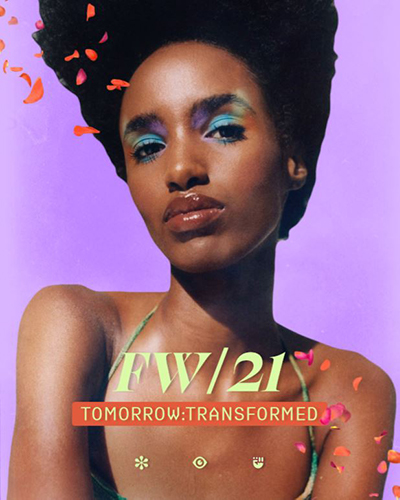 Vernon: It's not just telling people what's happening, but telling them the story of where it came from. The structure we follow is to think about where we were, where we are and where we're going. Take the trend we call progressive planet, which is about sustainability. As a society, where we were was in denial: we knew that we were causing harm, but we didn't really face up to it. Where we are now is realizing that it's happening; we're trying to make a difference, to recycle, make changes. The where we're going is much more proactive: looking at electric cars, for example, and new policies.
Vernon: It's not just telling people what's happening, but telling them the story of where it came from. The structure we follow is to think about where we were, where we are and where we're going. Take the trend we call progressive planet, which is about sustainability. As a society, where we were was in denial: we knew that we were causing harm, but we didn't really face up to it. Where we are now is realizing that it's happening; we're trying to make a difference, to recycle, make changes. The where we're going is much more proactive: looking at electric cars, for example, and new policies.
When we look at that from a product trends perspective, our structure is hindsight, insight and foresight. So hindsight is, you know, six months ago when we shared these trends, these are some of the ingredients that we mentioned. Don't forget about these, they're still relevant, and they're massively trending. Insight is in one year's time, this is going to be big. This is the insight for you to follow. And foresight is, in one to three years, this is what we're going to start seeing. So they should start thinking about it now and innovating in that space.
Catton: We also have to include real, tangible examples that people would have heard of. That's when people are like, oh yeah, I've seen that, and make those connections themselves.
Once they make the connection though, how would a brand use that insight?
Vernon: It depends on the trend, really. The empathy trend example definitely has implications from a marketing and communications angle, but it's also about how the product feel in-store … does it feel like it's a taboo when you're shopping for it?
WBA is the biggest health and beauty retailer in the world. What role do we play to break these stigmas? From a Boots perspective, they are seen as the first port of call for new moms. Mothers trust that they can get exactly what their babies need at our stores. But if they have a miscarriage, would they still feel that they can come to us for advice? How do we help them through that difficult customer journey?
Another trend we talk about is called iHuman. It's all about the rise of technology. With COVID-19, this has been massively accelerated. And that has a huge impact on the way people shop, on the products that they use and on how they engage with the brand. So, for example, when they are deciding on a skincare product, will they be using augmented reality and diagnostic tools to scan their skin first in the coming years? Will they expect a product to be able to prove it's working, using an app that can show reduction in wrinkles? We have to think about what this will look like in the future, and that's why we try and work with the teams to be able to take actionable recommendations off the back of the shift.
WBA is a global company, operating in many diverse markets. How do you take this into account when you are looking at cultural shifts?
Vernon: Different markets respond to trends and shifts at different rates so we help the business to understand where a market sits on the trend curve by using heat maps. We look at our heat map to say, is it hitting now? Is it hitting in two years? Is it hitting in five? While the trend may have global relevance, we can actually prioritize per market as to when the cultural shifts start to show up.
We’re always trying to incorporate more data into the process, and split markets up as well. The trend you see in East is potentially not the same as the trend you see in the West, because of different political views or different mindsets – and there are North and South divides as well.
Going forward, we’re looking much more closely at the trends in China. We can't use the same sources we do for our other markets because their whole infrastructure is different. For example, they don't use Instagram there; the conversation is happening in WeChat. And so we really need to get behind all of that and figure out how we can better identify the trends in China as our WBA brands are getting into that market.
Do you have any examples of how an insight that you brought to one of our teams resulted in a new product or customer experience?
Catton: Last year, we’d seen that Google searches for niacinamide kept growing and growing. So we included that insight in several of our quarterly reports as a trend to watch, and the Boots ingredients team actually launched it within six or seven months. Now we have Boots products with niacinamide that are available to buy on the shelves, and that came off the back of our trends report.
On a larger scale, several years ago we started telling the business that the beauty world was changing. All these independent brands were starting to come out. I remember the day when we shared how much the Kylie Jenner beauty brand was worth. Everyone was shocked, wondering how what they thought was a small indie brand could be so successful. And we kept saying, just because the brand is independent does not mean that it is small. That success was created all through social media and direct to consumer.
After that, the way we launched beauty brands completely changed. We changed the footprint of in-store brands to be more flexible. We had to change the way that we engaged with brands. Within 18 months, we started to introduce brands like Huda Beauty and Fenty Beauty by Rihanna at Boots.
We can’t let you go without a look into your proverbial crystal ball. What do you think we're going to be seeing in the next few years? What's the next big trend or cultural shift?
Catton: When we think about beauty, I think what’s coming is the empowered consumer, the “skin intellectual” consumer. I've been doing some work on ingredient trends and looking into the Google searches around what ingredients people search for. A year and a half ago, the searches were for traditional ingredients that you’d see on the shelves of a drugstore. Whereas now, the searches are for more scientific, technical ingredients. And that’s been driven by brands who put the ingredients first, and explain to consumers what each ingredient does for you … then it’s up to the consumer what to pick and choose. So I think we're definitely seeing a rise of the empowered consumer in that space.
And then also, we will be seeing a trend towards inclusivity and accessibility. In 2020, we saw the rise of Black Lives Matter, and that has dominated the global conversation. It’s hit beauty quite hard. We saw Fenty launch with 40-plus shades, and create that kind of hygiene factor for brands to benchmark against. We're actually seeing that come through into different beauty categories too, like skincare –previously, the industry has not focused on the needs of different skin tones as much as it has with Caucasian skin.
This matters, because there are differences. With Caucasian skin, the first signs of aging tend to be fine lines and wrinkles, whereas with Black skin, those issues come later … but hyperpigmentation is more of a concern. So whether it’s aging or acne or whatever else it might be, looking at the needs of different ethnicities and types of skin will be a key focus over the next year.
Vernon: Our cultural shifts have a three-year relevance, so that's where I hang my hat. I’d call out the power of empathy as a trend that will grow because of the pandemic – people may be isolated, may be living on their own, they may be struggling with mental health.
Another one to call out is invisible health. There’s a shift towards understanding our health, overall – mental health, physical health, emotional health. But the other part of that is the invisible element: understanding what's happening inside our bodies. That’s a trend towards using technology to be able to track our health monitoring, take DNA tests and do things like that. I think people's whole mindset towards their health was already changing and COVID-19 has just massively accelerated it. So that’s my big prediction from a cultural point of view.
